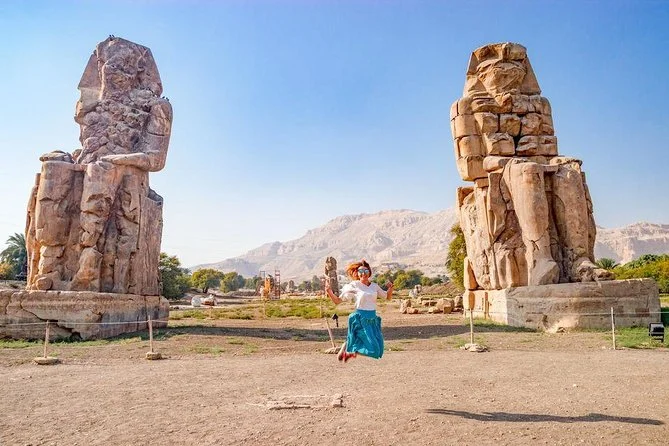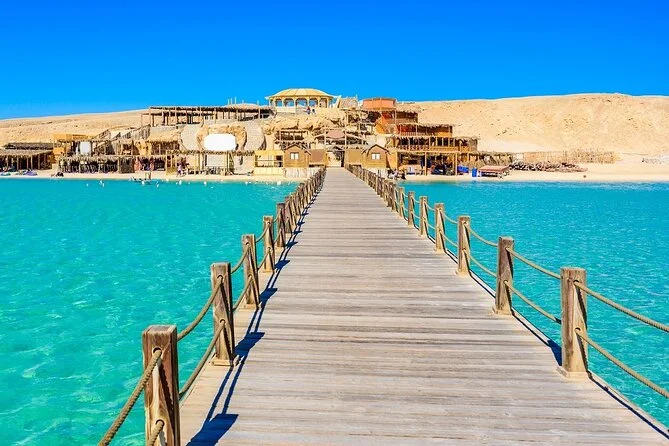Red Sea Weather 2026: When to Dive, Snorkel, Chill
Quick Summary (TL;DR): For warm, calm diving, aim for October–November or March–May; snorkel comfortably year-round with winter wetsuits; beach days are mellow December–February with mild sun and lighter crowds.
Dawn at Hurghada’s marina smells of coffee and diesel, the breeze flipping dive logs while crews coil lines and test regulators. During our March 2025 visit, the sea lay steel-blue and tidy, boats sliding out by 8 AM toward reefs where visibility regularly stretches 20–30 meters. Water sits cool on entry, then wraps warm as you drift past fan corals and darting anthias—an everyday reminder that the Red Sea’s seasons are felt first at the surface, not on the sand.
Why this matters in 2025–2026: travel patterns are shifting toward shoulder seasons as summer afternoons trend hotter and windier spells bookend winter. Local operators report earlier departures to beat midday heat, broader use of fixed moorings to protect coral, and steadier demand for eco-minded day boats. For planners, that means timing matters—by month, by hour, even by orientation of the coast.
What Makes the Red Sea Special in 2026
Few seas reward timing like Egypt’s Red Sea coast. Its corals are unusually heat-tolerant, and the basin’s narrow shape blocks ocean swell, so conditions hinge on seasonal winds, not distant storms. Expect clear water (often 20–30 m), predictable currents, and a ladder of options: shore entries for beginners, protected bays for snorkelers, and outer reefs for experienced divers. As of 2026, more boats tie to permanent moorings, zodiac shuttles cut anchor damage, and briefings emphasize buoyancy and no-touch etiquette. The net effect: if you avoid the windiest weeks and plan around morning glass-offs, you can dive or snorkel almost any month—matching sites to season rather than forcing the season to fit the site.
Top Things to Do in the Red Sea
- Drift dive Ras Mohammed National Park: The protected headlands deliver schooling fish and soft corals; plan slack-tide entries for easier drifts and classic visibility at Ras Mohammed National Park.
- Island-hop to shallow sandbanks: Spend a lazy day on powdery shallows with easy snorkel entries; full-day boats from Hurghada typically depart at 8 AM for Orange Bay.
- Turtle spotting at Abu Dabbab: Calm mornings make for relaxed swims over seagrass meadows where green turtles and guitarfish forage; stay patient, keep distance, and drift with the current.
Where to Stay in the Red Sea (2026 Guide)
Hurghada & El Gouna: Broad resort choice and marinas suit families and mixed-ability groups; El Gouna skews upscale with calm lagoons and smooth logistics for first-timers. Sharm el-Sheikh & Dahab: Sharm is boat-diving central with house-reef jetties; Dahab favors independent travelers, shore dives, and freedivers. Marsa Alam, Soma Bay & Sahl Hasheesh: Quieter strips with house reefs and sandy entries—good for couples and wildlife-focused weeks. Accessibility: large resorts offer ramps, long jetties with ladders, and beach wheelchairs on request; sandy entries at Abu Dabbab Bay are beginner-friendly with guide support.
Best Time to Visit the Red Sea
Jan–Feb: Air 20–22°C days, 10–14°C nights; water ~22–23°C; windier, quiet, value. Mar–May: Air 24–31°C; water 23–26°C; spring breezes (occasional dust), popular with divers. Jun–Aug: Air 34–38°C; water 28–30°C; calm mornings, midday heat, family peak. Sep–Nov: Air 26–32°C; water 26–28°C; light winds, prime viz—busiest for boats. Dec: Air 21–23°C; water 23–24°C; mellow, festive weeks see moderate demand.
Getting There and Around
Fly into Hurghada (HRG), Sharm El Sheikh (SSH), or Marsa Alam (RMF). Transfer times: Hurghada–El Gouna ~25 km/35 minutes; Hurghada–Soma Bay ~55 km/1 hour; Sharm–Dahab ~90 km/1.5 hours. Most full-day boats leave marinas 8–9 AM; hotel pickups run 30–60 minutes prior. Local taxis and hotel shuttles are common; private drivers ease early starts. Strong afternoon winds mean morning dives/snorkels are reliably smoother, especially on exposed capes.
Sustainable Travel Tips
Use reef-safe sunscreen or long-sleeve rash guards; reapply on deck, not in water. Practice perfect buoyancy—hover, don’t kneel—over coral. Keep 3–5 meters from turtles and dolphins; never chase or feed wildlife. Choose operators using fixed moorings and refill stations; carry a reusable bottle. Dress modestly in town, tip fairly, and keep music low on shared boats. Book popular October–November day boats 48–72 hours ahead to avoid overbooking stress on crews.
Frequently Asked Questions
How many days do you need in the Red Sea?
Four to seven days lets you sample house reefs, a marquee day boat, and a rest day between dives. Add two extra days if you’re targeting a signature wreck or remote southern reef to allow for weather shifts.
Is the Red Sea good for beginner divers?
Yes. Calm mornings, shore entries, and sandy bays make training smooth, especially around Marsa Alam’s seagrass coves and Hurghada’s sheltered reefs. Certified instructors run small-group courses, and many resorts have jetties with gentle ladder exits.
What’s the best month to visit the Red Sea?
October balances warm water (around 27–28°C), lighter winds, and excellent visibility, ideal for both divers and snorkelers. March–May is a close second, with cooler nights and lively marine life before summer heat builds.
Weather sets the rhythm here: early boats, unhurried surface intervals, and golden-hour swims when the sea turns to mercury. Time it well, and the reefs repay in color and calm—whether you’re finning Ras Mohammed, lazing on Orange Bay, or plotting a wreck day on the legendary Thistlegorm. For a laid-back base with shore entries and cafés, consider Dahab next.



